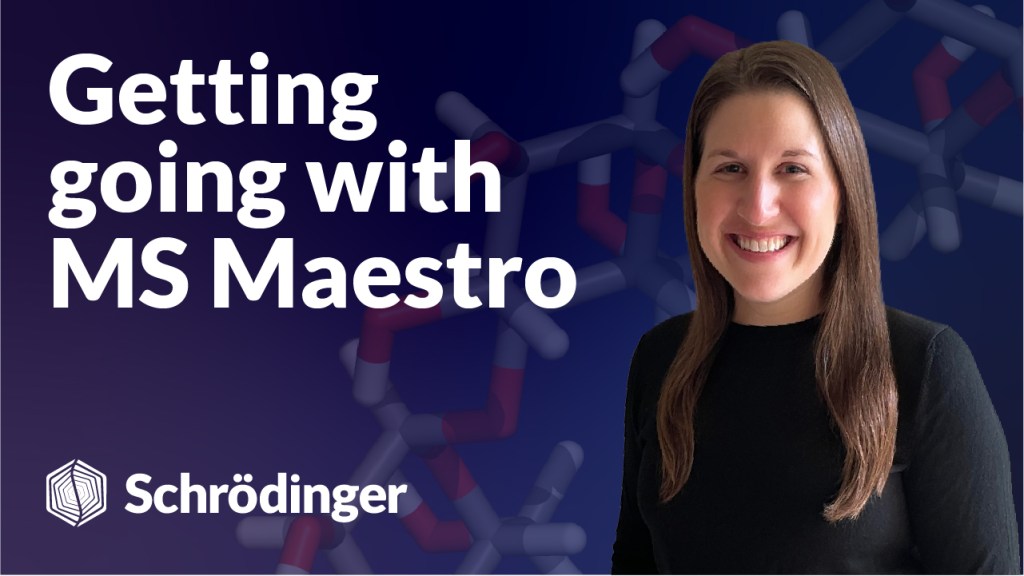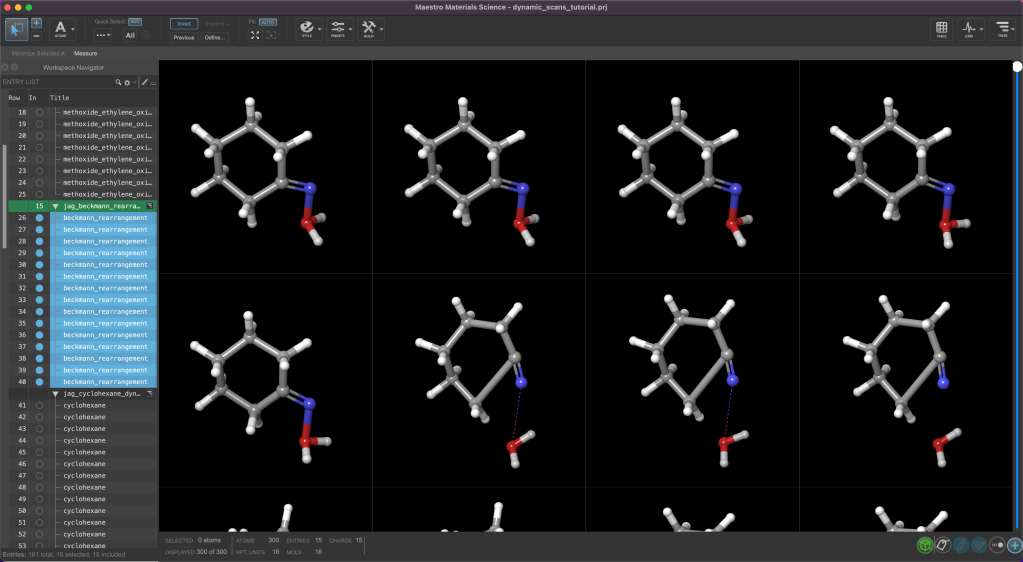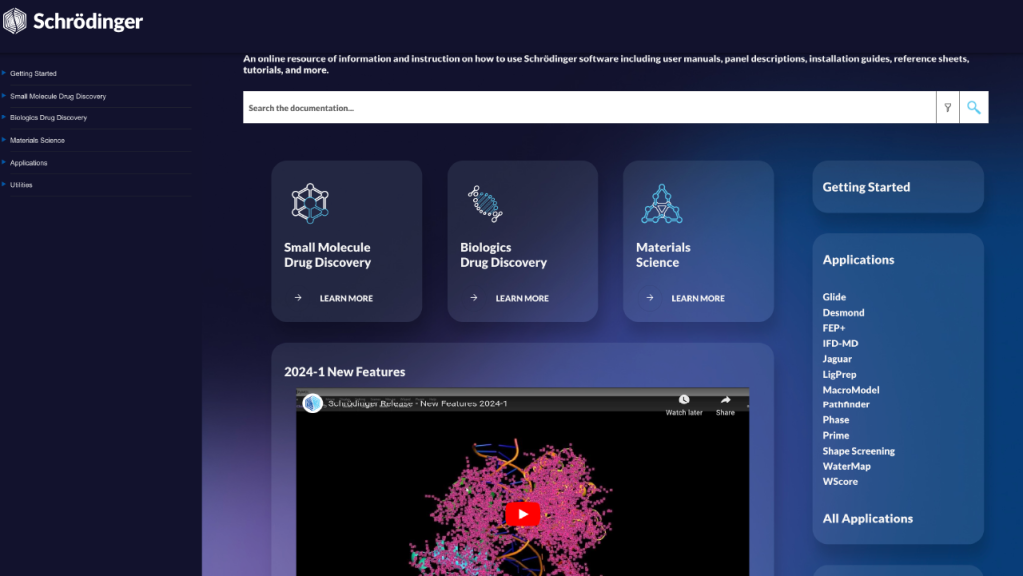Free learning resources
Quickly learn how to integrate Schrödinger technology into your research. From overviews to deep dives, you can find information about applications, workflows, and analysis here.
Quickly learn how to integrate Schrödinger technology into your research. From overviews to deep dives, you can find information about applications, workflows, and analysis here.
 Video
Video
A free video series introducing the basics of using Materials Science Maestro.
 Tutorial
Tutorial
An introduction to Materials Science Maestro, covering basic navigation, an intro to building models and several of the key functionalities of the graphical user interface.
 Documentation
Documentation
Comprehensive reference documentation covering materials science panels and workflows.
Self-guided step-by-step introductions to various workflows with example files for getting comfortable with Schrödinger tools.
Short video overviews of specific introductory and scientific topics, including summaries of new release features.
A one-page PDF that visually describes the panel or workflow.
Learn to leverage the nanoreactor tool to explore chemical compound and reaction space without any prior knowledge of the reaction products.
Build a coarse-grained model of a hydrated skin bilayer with Martini force field parameters using two different methods
Learn how to prepare structures for docking and create a protein mutation by modeling an olfactory receptor.
Learn to build and apply machine learning models to predict the density of multicomponent mixtures.
Learn to generate a microkinetic model to study the activity of a heterogeneous catalyst for COO (carbon monoxide oxidation).
 Video
Video
A free video series introducing the basics of using Materials Science Maestro.
 Documentation
Documentation
Comprehensive reference documentation covering materials science panels and workflows.
Explore potential energy surfaces using dynamic relaxed coordinate scans.
Explore potential energy surfaces using rigid and relaxed coordinate scans.
Calculate atomic partial charges and compare different methods for determining charges.
Learn to perform vibrational circular dichroism (VCD) calculations.
Learn how to carry out DFT-based pKa calculations with the Macro-pKa workflow and how to analyze the results it produces.
Level up your skill set with hands-on, online molecular modeling courses. These self-paced courses cover a range of scientific topics and include access to Schrödinger software and support.
Connect your students to industry-leading molecular modeling software through a web-based platform. Incorporate molecular modeling in the classroom.